Recently, I posted an article on the solidarity of Blacks and Asian-Americans, specifically BLM and Stop Asian Hate movements. If you missed it, click this link – Black/Asian Solidarity United against a Common Foe: Racism. I discussed the history of support Asian-Americans showed during times of the Civil Rights and Black Panther movements. Also mentioned was the fact that this relationship was not always peaches and cream. The flip side is, despite their solidarity today as a result of the murder of George Floyd and the Atlanta Massage Parlor killings, racial tension among both communities towards each other exists.
According to San Francisco (KGO) during these highly divisive times when Asian Americans are already feeling targeted because of coronavirus-related discrimination and when the Black Lives Matter movement has been reignited, as Black people continue to die at the hands of police officers at disproportionate rates; the anger and frustration between the Black and Asian communities can’t be ignored. Let’s see. Could it be that many of the attacks on Asians were committed by Black assailants?
The fact is, the tension between these two groups is deeply rooted in the soils of history. The narrative of Black-Asian hostility is embedded in immigration and economic policies created by those who foster racism, imperialism, and classism systems that they believe puts them (white society) above all other races. Let’s take a step back in time to try to make some sense out of a different kind of fight and why. Please note that there are many reasons for this tension; too many to discuss in this article. As I researched the why I had no idea of what I was going to find and how deep the racial divide was between Black and Asian Americans.
Most often in the media or everyday conversations of racial tension, the focus has been on Black-white relations, while failing to include the perspective of Asians in the racial discourse. What I found was that among minority groups in the United States, Asian Americans are extolled as the “model minority”, given their statistically high reported educational scores and incomes, leaving other groups left as the “others”. Despite a shared history of facing discrimination between Black and Asian Americans, there is still a modern underlying tone of tension between the two groups. Although senseless acts of anti-Asian violence garnered national attention, they have also invoked anti-Black sentiment and reignited the Black-Asian conflict because as previously noted, some of the video-taped perpetrators appear to have been Black. This is not the first time conflict and tension reared its ugly head. Black-Asian conflict—and Black-Korean conflict more specifically—became the popular frame of the LA riots in 1992.
Tensions between Black American Residents and Korean immigrant merchants in inner-city neighborhoods have occurred in several cities, culminating in the 1992 Los Angeles riots, and uprising. The media sees this conflict as racial, while Black and Korean community leaders explain it in terms of cultural differences. Meanwhile, scholars emphasize economic factors. Each of these explanations fails to uncover the central role of white racism in this conflict and the underlying racial hierarchy in America (white-Asian-Black). What kind of racial discourse or structure is being created and what role does racism play in the conflict? Korean leadership explains tensions in terms of culture. They claim cultural differences account for the majority of disputes involving customers and merchants. I would ask: “Is the role racism plays in the tension between Blacks and Asians being minimized?” Think about it.
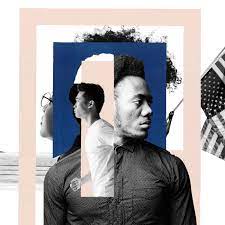
Another Take: White Supremacy
Claire Jean Kim, a professor of Political Science and Asian American Studies at the University of California, Irvine explained that during World War II, the media created the idea that the Japanese were rising up out of the ashes [after being held in incarceration camps] and proving that they had the right cultural stuff. It was immediately a reflection on Black people. The question one may ask: Now why weren’t Black people making it, but Asians were?”
These arguments falsely conflate anti-Asian racism with anti-Black racism, according to Kim. “Racism that Asian-Americans have experienced is not what Black people have experienced,” Kim said. “Asians have faced various forms of discrimination, but never the systematic dehumanization that Black people have faced during slavery and continue to face today.” Asians have been barred from entering the U.S. and gaining citizenship and have been sent to incarceration camps, Kim pointed out, but all that is different than the segregation, police brutality, and discrimination that African-Americans have endured. But, as history shows, Asian-Americans were afforded better jobs not simply because of educational attainment, but in part because they were treated better.
Digging Deep in the Grounds of History
According to the United States’ Naturalization Act of 1790, only “free white person(s)” were eligible to be established as American citizens with the full rights that accompany them. Of course, they were. While the intention at the time was to avoid granting African slaves the same privileges as European American colonists, this left all future immigrants and ethnic minorities, including those from Asia and Africa, without full naturalization.
Now, this is another interesting fact. The 19th century divided and then tied the fates of Black Americans and Asian Americans together. Before the 1870 Census, Asian Americans marked themselves as “white” in the official census and began to first be called “model minorities” given a societal reputation for “hard work”. Yet legally and politically, the judicial system found Asian Americans to be considered the same as Black Americans.
As Asian Americans established their niches in society, they faced discrimination from white Americans who treated them like they did African Americans at the time. The arrival of the Civil Rights Movement and its successive laws helped codify the rights and protections of ethnic minorities. Despite facing similar nativist attacks on their culture and people, Asian Americans and Black Americans found themselves divided and clashing within the 20th century. As the influx of ethnic groups into the United States grew, main media and social figures began painting these groups as subdivisions of the white-black divide. Western American society views Asian Americans’ successes as lumped together with European Americans. This is often used as a comparison to the economic struggles of Black Americans often negating their struggles.
Within this relationship, Asian Americans are seen to be profiting from both ethnic groups, which can fuel the stereotype of the “model minority” from European Americans, as well as distrust from and of Black Americans. From this viewpoint, Asian Americans from their societal privileges can be viewed as being the same as European Americans by Black Americans in terms of having a larger median income as well as receiving on average lighter punishments from the American judicial system. Meanwhile, a significant percentage of Asian Americans share a view with European Americans that Black Americans “aren’t capable of getting ahead” according to a study conducted by the National Conference of Christians and Jews. And here we are! This sentiment flared especially during the era of racial tension in Los Angeles surrounding the Rodney King case.
The Straw Continues to Break the Camel’s Back
Leading up to 1992, a large number of Korean made their way to Los Angeles after the Korean War and settled there. However, they were unable to work in the same traditionally white-collar jobs they held b ack home. Now, the digging gets deeper and what happened was that many of them opened businesses in areas where the rent was cheap in predominantly Black communities. Black residents living in racially segregated and economically impoverished communities felt belittled, humiliated, and under fire in their own neighborhoods by businesses who imbibed racist attitudes against them while taking their hard-earned dollars. Bingo! Tension heightened and came to a head during the era of the riots as Korean grocer Soon Ja Du shot and killed a Black teenage girl in her store, and received a remarkably milder sentence compared to other sentences given by judges at the time to African Americans in the judicial system.
ack home. Now, the digging gets deeper and what happened was that many of them opened businesses in areas where the rent was cheap in predominantly Black communities. Black residents living in racially segregated and economically impoverished communities felt belittled, humiliated, and under fire in their own neighborhoods by businesses who imbibed racist attitudes against them while taking their hard-earned dollars. Bingo! Tension heightened and came to a head during the era of the riots as Korean grocer Soon Ja Du shot and killed a Black teenage girl in her store, and received a remarkably milder sentence compared to other sentences given by judges at the time to African Americans in the judicial system.
Is the Black and Asian American tension real? Are Black Americans justified in how they feel? The truth is Black Americans struggling for racial justice have a complex relationship with the Asian American community. Racial caste in the United States makes all people of color vulnerable. No one is safe, including Asians who at times have been elevated by a “model minority” myth. Their lives and well-being will always remain in the shadows, intrinsically linked to the pain and suffering of others whether they acknowledge this or not. Yes, the tension is real and the story continues.











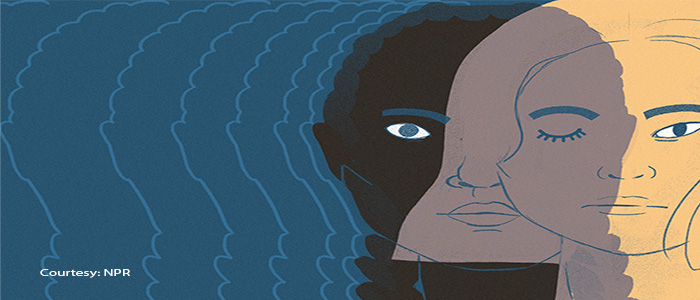
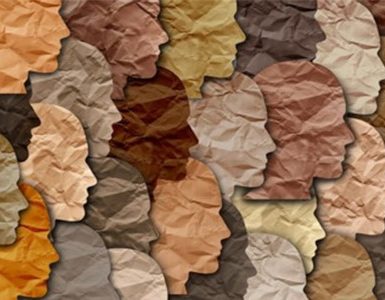
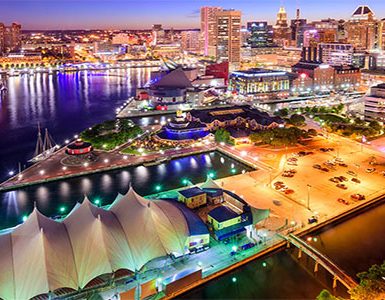
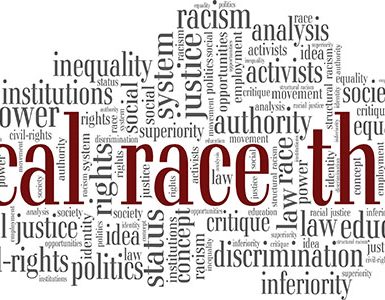



Add comment